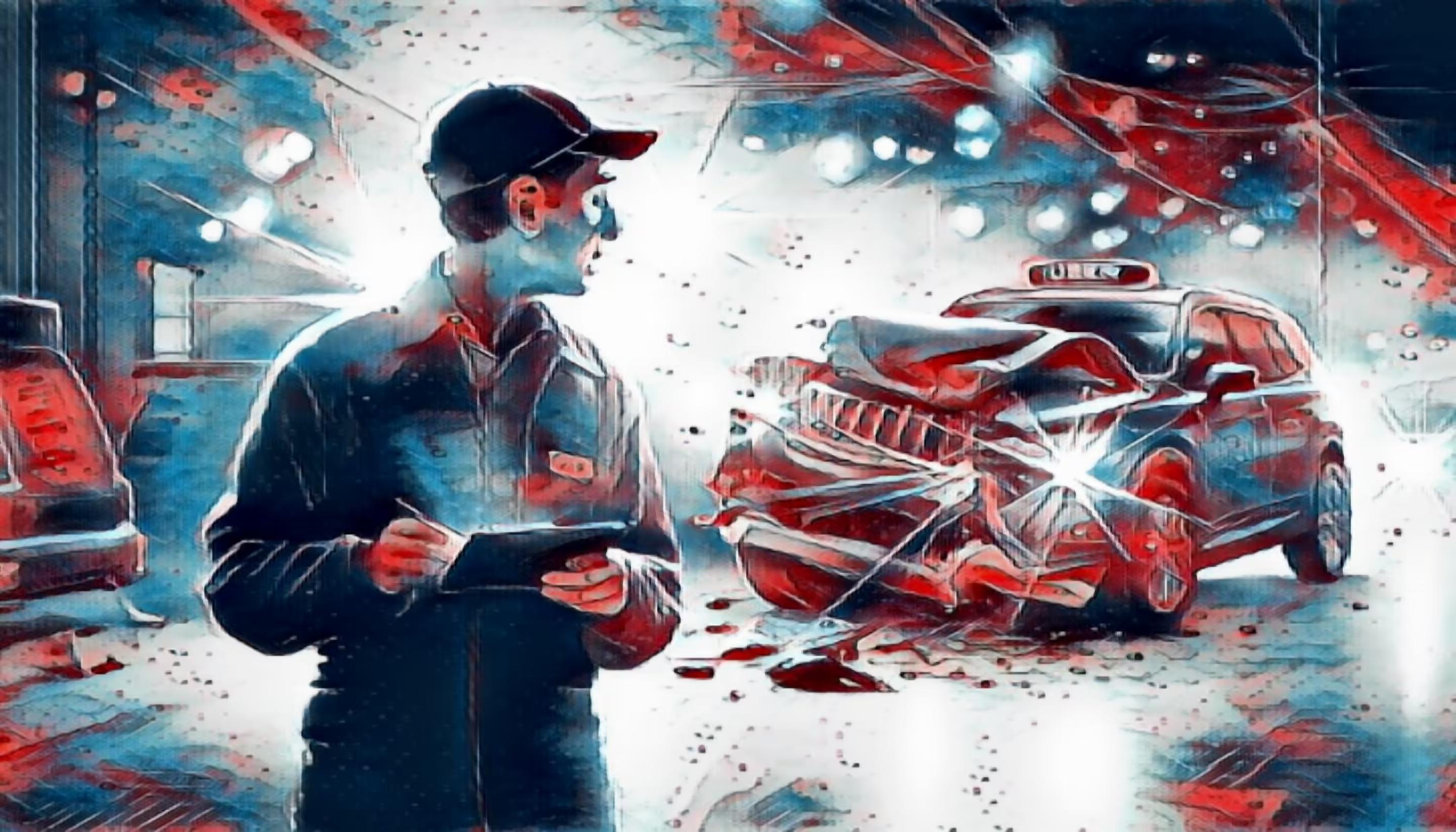Understanding Rideshare Accidents In California
As the birthplace and headquarters of both Uber and Lyft, California is a central hub for ridesharing activities. Consequently, it sees a substantial number of rideshare-related accidents. Determining fault in these incidents can be complex, as responsibility may lie with various parties:
Rideshare Driver
Similar to traditional car accidents, if the rideshare driver is found to be negligent, they could be held responsible.
Rideshare Company
The company might share liability if the driver logged into the app and engaged in a ride.
Vehicle Owner
If the vehicle was borrowed and the accident resulted from poor maintenance, the vehicle's owner could be liable.
Other Drivers
In some cases, another driver's actions may be the primary cause of the accident.
Other Parties
Responsibility may also fall on vehicle manufacturers, parts suppliers, maintenance companies, pedestrians, cyclists, municipalities, or construction companies.
Determining fault in a rideshare accident is often complex and contentious, especially when rideshare companies with high-liability insurance policies are involved. Proving fault requires thorough investigation, and parties involved are typically reluctant to accept blame. This is where a skilled attorney's expertise can be invaluable, helping to navigate the legal intricacies and establish accountability.
Steps The Driver Must Take After An Accident
- Ensure Safety First: Immediately check for injuries and ensure everyone is safe. If there are injuries, call 911 right away.
- Move To A Safe Location: If possible, move your vehicle to a safe location out of traffic to prevent further accidents.
- Call The Police: It's essential to have an official police report, especially if there are significant damages or injuries. This report can be crucial for insurance claims and legal proceedings.
- Document The Scene: Take photographs of the accident scene, including all vehicles involved, any visible injuries, road conditions, and any relevant traffic signs or signals.
- Exchange Information: Exchange names, contact information, insurance details, and driver's license numbers with all parties involved. If there are witnesses, get their contact information as well.
- Notify Your Rideshare Company: Report the accident to your company through their app or emergency hotline. Companies like Uber and Lyft have protocols in place for handling accidents.
Understanding Insurance Coverage
Rideshare drivers in California are covered by a combination of personal auto insurance and the rideshare company's insurance, but coverage varies depending on your status at the time of the accident.
- Offline Or Driver App Off: Your auto insurance is the primary coverage.
- Driver App On, Waiting For A Ride Request: The rideshare company provides contingent liability coverage of $50,000 per person for bodily injury, $100,000 per accident for bodily injury, and $30,000 for property damage.
- In Route To Pick Up Passengers And During Trips: The rideshare company's commercial insurance is the primary coverage: $1 million liability coverage, uninsured/underinsured motorist coverage, and contingent comprehensive and collision coverage (with a deductible).
Filing An Insurance Claim
Report The Accident Promptly
Notify both your personal insurance company and the rideshare company of the accident. Delays can complicate the claims process.
Provide Necessary Documentation
Be prepared to provide the accident report, photos, and other relevant documentation supporting your claim.
Work With An Adjuster
An insurance adjuster will investigate the accident to determine fault and assess damages. Be honest and detailed in your communications.
Legal Considerations
Determining Fault
California is an at-fault state, meaning the driver who caused the accident is responsible for damages. The police report, witness statements, and evidence will be critical in determining fault.
Potential Legal Actions
You may face claims from passengers, other drivers, or pedestrians if found at fault. Conversely, if another driver is at fault, you may need to pursue compensation through their insurance or legal action.
Consult An Attorney
Navigating the legal complexities of a rideshare accident can be daunting. Consulting with an attorney specializing in rideshare accidents can help protect your rights and ensure you receive fair compensation.
What Preventive Measures Can The Driver Take?
Regular Vehicle Maintenance
Keep your vehicle in good condition to reduce the risk of accidents due to mechanical failure.
Safe Driving Practices
Follow traffic laws, avoid distractions, and stay alert to your surroundings.
Understand Your Insurance Policy
Know the details of your auto insurance policy and the coverage provided by the rideshare company.
Contact Experienced Rideshare Attorneys Today
Being involved in a rideshare accident can be a stressful experience, but knowing the steps to take and understanding your insurance coverage can help you navigate the aftermath more effectively. Prioritize Safety, document everything meticulously, and seek legal advice if needed. You can protect your interests and drive confidently by staying informed and prepared.
For personalized legal advice regarding rideshare accidents, contact our experienced team today. We are here to help you every step of the way.
